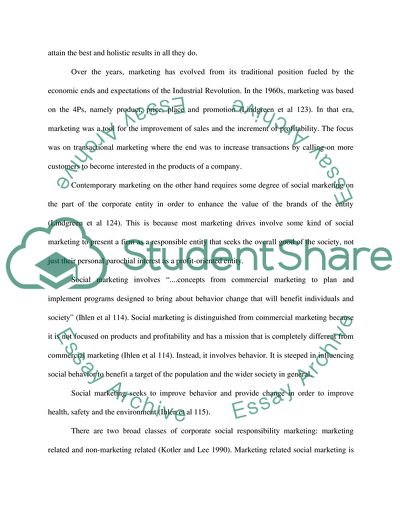Cite this document
(Corporate Social Responsibility and Brand Equity amongst Foreign Sportswear Companies in China Report Example | Topics and Well Written Essays - 4750 words, n.d.)
Corporate Social Responsibility and Brand Equity amongst Foreign Sportswear Companies in China Report Example | Topics and Well Written Essays - 4750 words. https://studentshare.org/journalism-communication/1803756-how-sports-enterprises-such-as-nike-and-adidas-work-with-the-spread-of-csr-to-highlight-their-own-brands-in-china
Corporate Social Responsibility and Brand Equity amongst Foreign Sportswear Companies in China Report Example | Topics and Well Written Essays - 4750 words. https://studentshare.org/journalism-communication/1803756-how-sports-enterprises-such-as-nike-and-adidas-work-with-the-spread-of-csr-to-highlight-their-own-brands-in-china
(Corporate Social Responsibility and Brand Equity Amongst Foreign Sportswear Companies in China Report Example | Topics and Well Written Essays - 4750 Words)
Corporate Social Responsibility and Brand Equity Amongst Foreign Sportswear Companies in China Report Example | Topics and Well Written Essays - 4750 Words. https://studentshare.org/journalism-communication/1803756-how-sports-enterprises-such-as-nike-and-adidas-work-with-the-spread-of-csr-to-highlight-their-own-brands-in-china.
Corporate Social Responsibility and Brand Equity Amongst Foreign Sportswear Companies in China Report Example | Topics and Well Written Essays - 4750 Words. https://studentshare.org/journalism-communication/1803756-how-sports-enterprises-such-as-nike-and-adidas-work-with-the-spread-of-csr-to-highlight-their-own-brands-in-china.
“Corporate Social Responsibility and Brand Equity Amongst Foreign Sportswear Companies in China Report Example | Topics and Well Written Essays - 4750 Words”. https://studentshare.org/journalism-communication/1803756-how-sports-enterprises-such-as-nike-and-adidas-work-with-the-spread-of-csr-to-highlight-their-own-brands-in-china.


